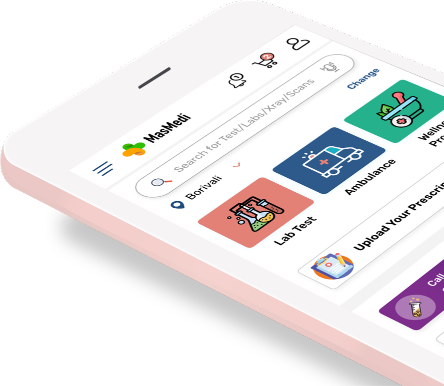Sample Type
Gender
Age Group
Blood
Male/Female
All Age Group
The hemoglobin A1c test estimates how much glucose, or blood sugar, has been in your bloodstream over the last three months. A marker for long-term glucose control, this test can identify diabetes or keep track of how well diabetes is being controlled. Glucose has the ability to attach to hemoglobin in the blood and form hemoglobin A1c. Hemoglobin is the protein in red blood cells that carries oxygen. A measurement of hemoglobin A1c reflects the percentage of hemoglobin A that is attached to glucose compared to the total amount of hemoglobin A in the blood. The more glucose is in the blood, the more glucose can attach to hemoglobin. If your hemoglobin A1c percentage is too high, this means that your average blood glucose in the previous months has been too high as well.
best labs
Option Near Youlab comparison
As per your budgetAffordable
Price GuaranteedUNBIASED ADVICE
On LabsSUNDAY LAB
Labs available on SundaysTracking health status made easy with the app. Now available on both Google Play Store and App Store. Book health tests and access your smart reports and health trackers anytime anywhere.
